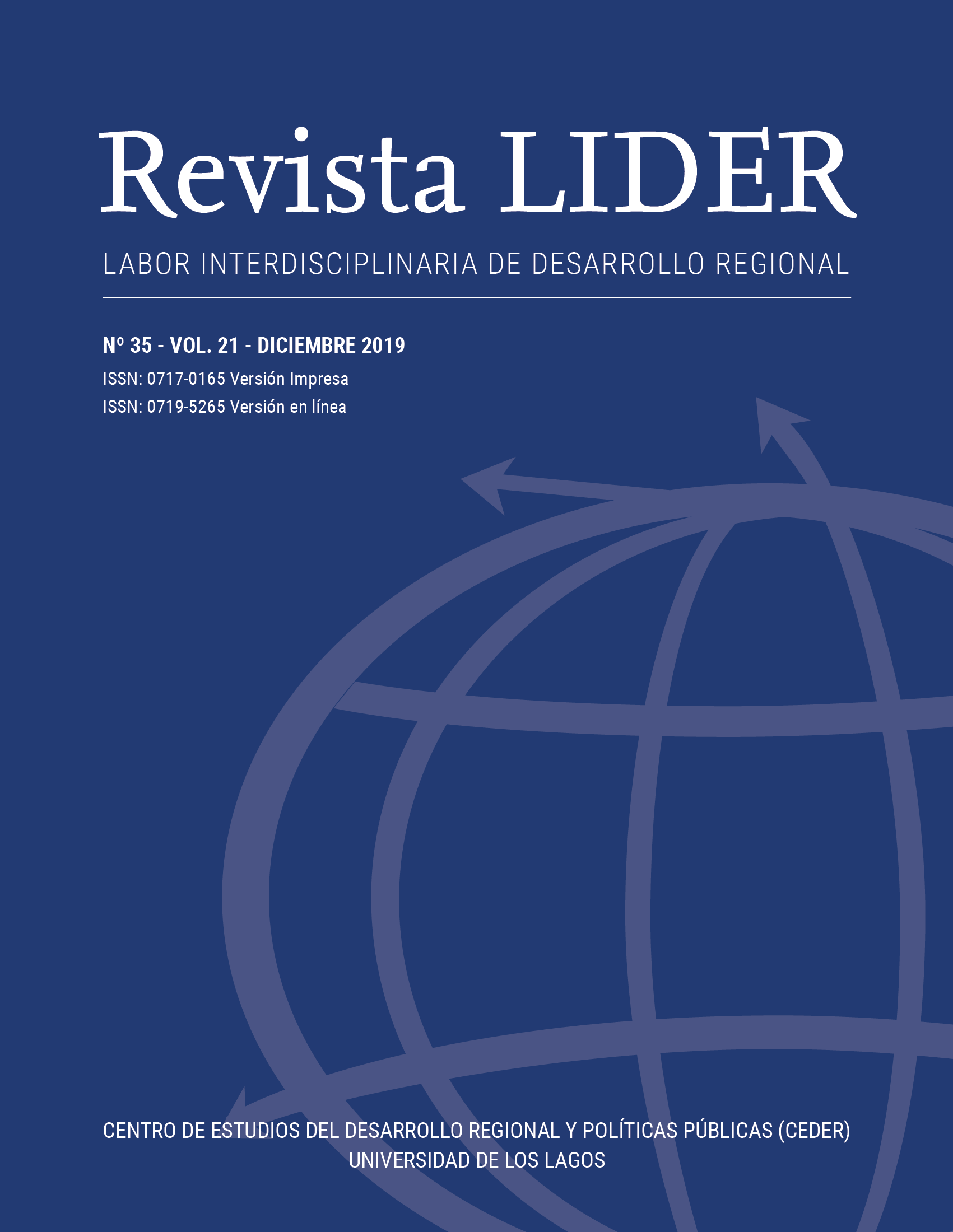Cultural Heritage and Leisure. Representations and Relations in the Lived Space of the City of Bahía Blanca (Rep. Argentina)
Main Article Content
Section: ARTÍCULOS DE INVESTIGACIÓN
Abstract
The lived space constitutes a subjective dimension of the geographic space, structured by the experiences of the individuals in society and in relation to the physical environment. Historical sites and leisure spaces function as relevant components in the context of contemporary urban planning and management. The purpose of this paper is to analyze the representations and relationships that occur in the lived space of Bahía Blanca (Argentina) residents, around patrimonial and leisure spaces, considered as important elements in the cities. The methodology is developed from a mixed approach, based on qualitative and quantitative techniques (interviews, questionnaires, cognitive mapping and meaning outcropping technique), applications according to demographic groups and from the municipal delegations that affect the city. As a result of the research, it is affirmed that the space lived by the habitants of the analyzed locality is defined by spaces of leisure, to the detriment of those heritage sites, loaded with history and that form part of the local culture. There is a dichotomy between the contemporary and the historical, which translates into a lived space where much of the intangible and material heritage sites that structure the territory of Bahía Blanca are marginalize.
Article Details
Pinassi, A. (2019). Cultural Heritage and Leisure. Representations and Relations in the Lived Space of the City of Bahía Blanca (Rep. Argentina). Revista LIDER, 21(35), 52-87. https://doi.org/10.32735/S0719-526520193510
Downloads
Download data is not yet available.

This work is licensed under a Creative Commons Attribution-NonCommercial-ShareAlike 4.0 International License.
